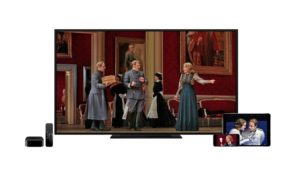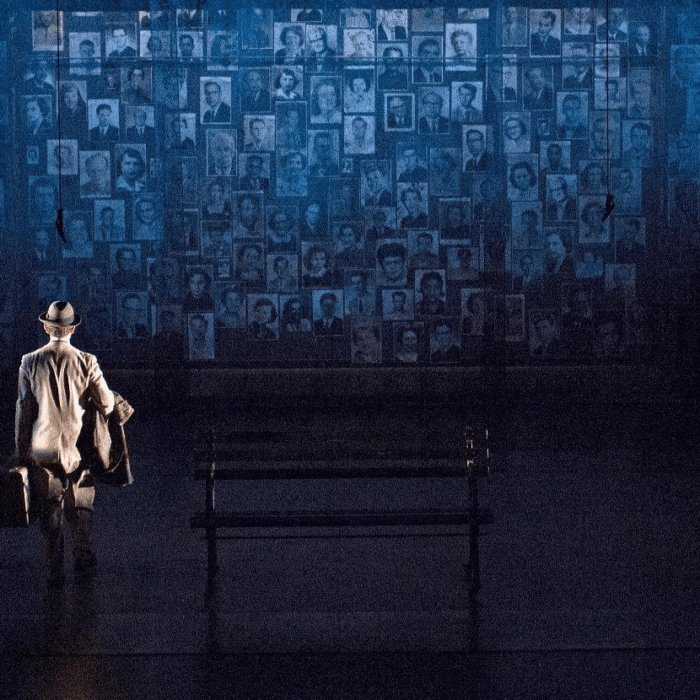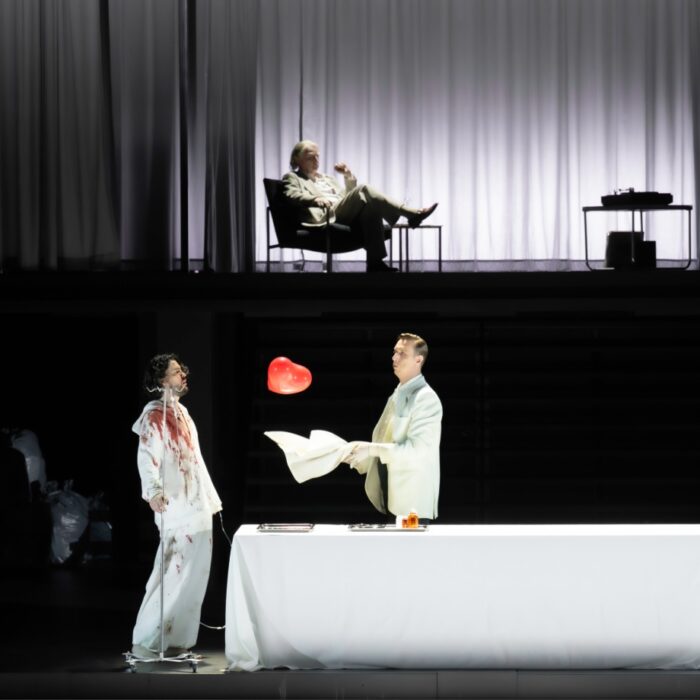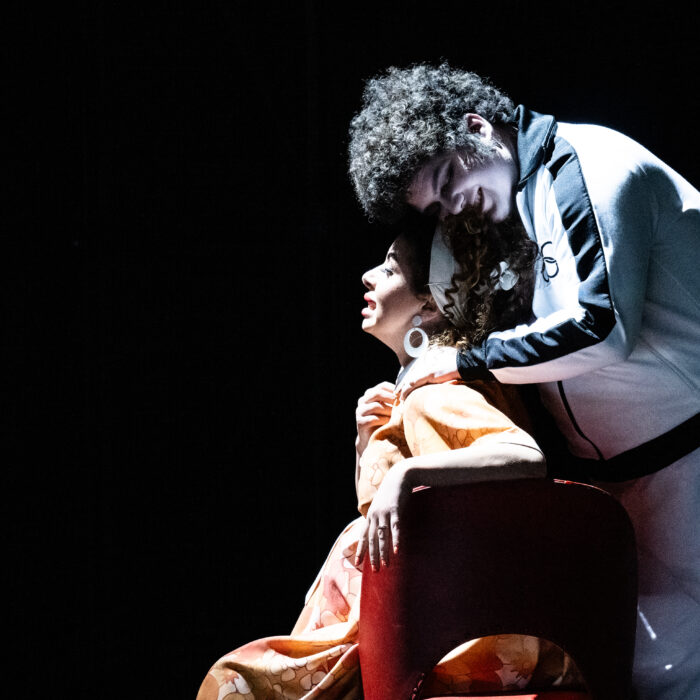
Opinion: How Opera Companies Can Use Streaming to Engage Teenage Audiences
By Ben PedersenIn the past eight months, many opera houses have used streaming to reach audiences around the world. This is a format that is new to many companies; however, some of the most prominent opera houses, such as the Metropolitan Opera, have been using this format for years.
And while the aim with this format is to maintain companies relevant in a challenging time, the aim should also be to not only retain audiences, but to expand them over the long haul. One audience that opera companies should focus on engaging? The teenage population.
As a teenager, I see other teens consuming streamed content constantly. According to a survey by Common Sense Media, the average teenager consumes almost five hours of screen-based entertainment per day. Teenagers are clearly willing to spend large amounts of time on streamed content, so if streamed opera were made more accessible to teens, it would help get rid of the stigma associated with teenagers enjoying opera.
But How?
There are many ways that streamed opera could be made more accessible to teens. Opera companies should sell subscriptions to their streamed content to youth choirs, youth orchestras, and school music programs at a discounted rate. Despite the discount, opera companies would make a large profit, considering they would be selling subscriptions in large amounts. The music programs would be able to offer these subscriptions to students for free or at an extremely low price, making it more likely that students will engage with opera in an informal way.
This will also benefit opera companies because students who become interested in opera through streaming may eventually go to the opera in person once they have developed an interest in it.
Of course, having a means of marketing and distributing the platforms does not guarantee interest from teens. There still many things that opera companies can do to their streaming services to make opera more appealing to teens.
Many of the classic operas performed today have plot or theme based ties to recent movies and television that are popular with the teen audience. For example, Wagner’s Ring Cycle bears many similarities to the popular “Lord of the Rings” books and films. The focus should be on connecting young audiences with the works via the association with their favorite films and books. Of course rights and other situations will not allow for the films to be available to stream right on the platform, but the similar contextualization in this manner would make a world of difference in help teens, at the very least, see opera in a more modern and popular light.
This ties in with the format of a streaming service, which is also an essential element of keeping teenagers engaged. Having a layout more similar to Netflix, where users can search by genre or theme would make the format feel more familiar and approachable. Being able to search by composer and artist should still be options, but the main search options should be ones that would be used in traditional streaming settings. Suddenly not only is the format more familiar and thus comfortable, but it makes the operas themselves more approachable. Is a teenager looking for some fantasy? Here is a selection of operas by Wagner. Is there more interest in a political thriller? Perhaps that is where we find the operas of Verdi or a Puccini work like “Tosca.” And so on.
Another issue that teens may find in operas is the length. Operas are known for their extreme length, especially those of Wagner; most content that teenagers consume is divided into episodes or some other short-form segments. If operas were divided into “episodes” on the streaming services, it would make an entire opera seem more manageable. Teenagers would be able to binge-watch episodes of opera and would feel like they can watch an opera in a manageable way. A three to the four-hour operatic event can seem daunting, but breaking it into twenty-thirty minute chunks would make an opera feel shorter than it actually is.
These are some formatting and style changes that could be made to reach a younger audience. One other method that I believe would help attract even more teenagers is outreach through social media. Find a way to get teenagers who already love opera to make videos talking about why they enjoy the artform and posting those videos to social media would make the idea of a teen loving opera less of a strange concept and more of an accepted norm. If teenagers feel that other teens, such as myself, already love opera, they will be more willing to give it a chance.
Obviously, there are many other ways to broaden opera’s audience, but streaming is a major opportunity for opera companies to really broaden this particular audience.
Categories
Editorials

